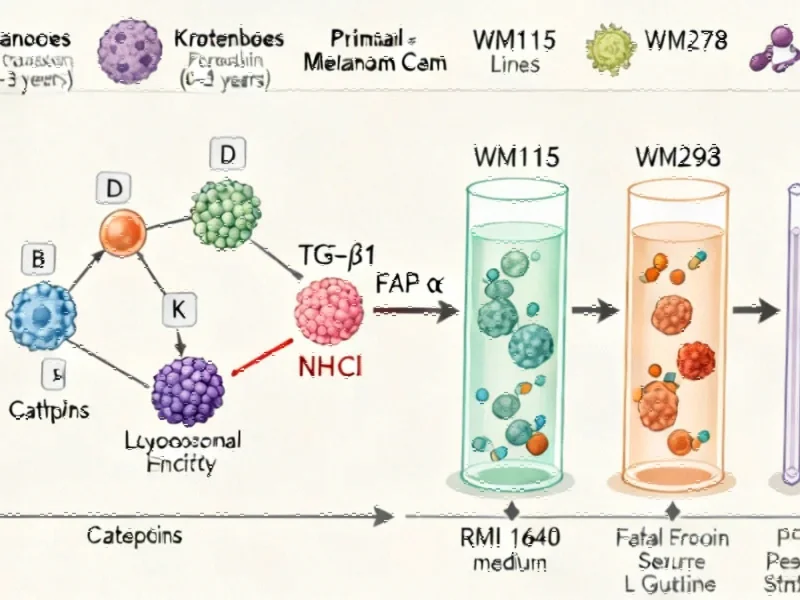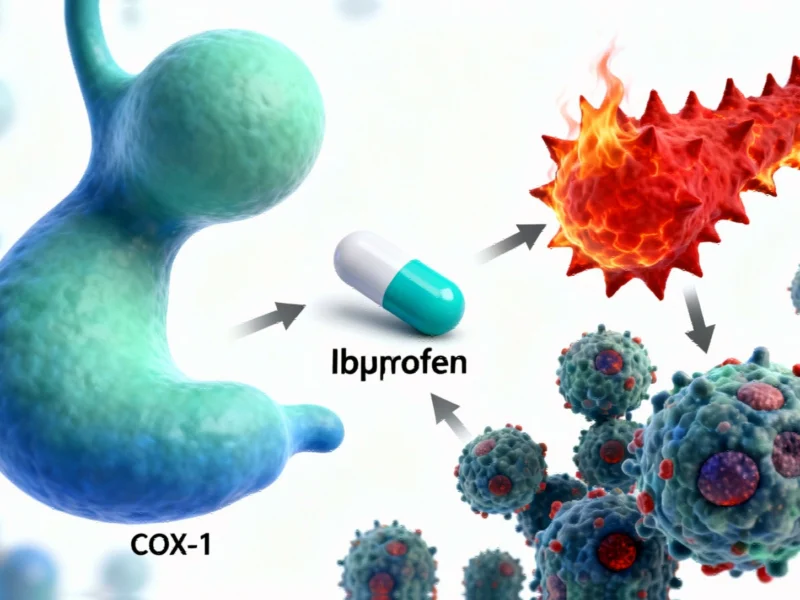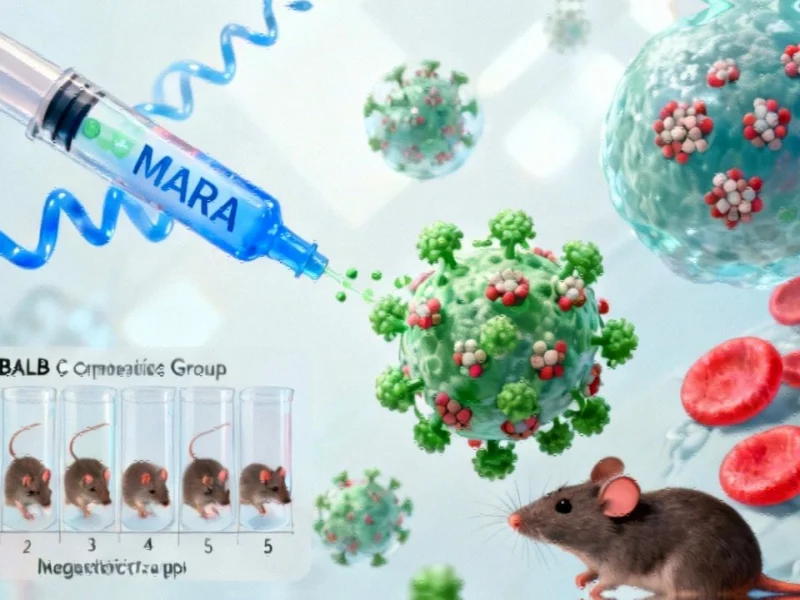Revolutionary Approach to Pancreatic Cancer Transcriptomics
In the rapidly evolving field of cancer research, long-read RNA sequencing has emerged as a transformative technology that offers unprecedented insights into transcriptomic complexity. Unlike traditional short-read methods, this advanced approach captures full-length transcripts, enabling comprehensive detection of splicing variations, alternative polyadenylation, and novel protein isoforms that were previously undetectable. The recent publication of a comprehensive dataset from ten human pancreatic cancer cell lines represents a significant breakthrough in understanding tumor biology at the molecular level.
Methodological Excellence in Sequencing Technology
The research team employed Oxford Nanopore Technologies’ PromethION sequencing platform to generate high-quality long-read data from pancreatic cancer cell lines, including AsPC-1, Capan-2, Mia-PaCa-2, and SW1990 among others. Each cell line was processed with two biological replicates, ensuring robust statistical power for subsequent analyses. The meticulous experimental design included poly(A) mRNA selection, strand-specific cDNA synthesis, and barcoded library preparation, followed by high-throughput sequencing on FLOPRO002 R9.4.1 flow cells.
This sophisticated methodology represents just one example of how advanced RNA sequencing technologies are revolutionizing our understanding of complex biological systems. The data processing pipeline incorporated cutting-edge tools including Porechop for adapter trimming, minimap2 for alignment, and FLAIR for splice junction refinement, demonstrating the integration of multiple computational approaches to ensure data quality.
Data Quality and Technical Validation
The resulting dataset exhibited impressive technical characteristics, with median read lengths of approximately 847 base pairs and high average quality scores across samples. Mapping efficiency was generally excellent, though researchers identified mycoplasma contamination in specific cell lines through sophisticated taxonomic classification using Kraken2. This finding highlights the importance of rigorous quality control measures in modern biological research and demonstrates the researchers’ commitment to transparent data reporting.
Interestingly, the team observed that human transcriptome profiles remained highly correlated between biological replicates despite contamination issues, suggesting that core transcriptional patterns were preserved. This resilience underscores the robustness of long-read sequencing for capturing biologically meaningful signals even in suboptimal conditions. The researchers implemented comprehensive filtering strategies to remove non-human reads, short fragments, and low-quality sequences, further enhancing dataset reliability.
Biological Insights and Research Implications
This rich dataset enables unprecedented exploration of pancreatic cancer transcriptome features, including alternative splicing events that may drive tumor progression and therapeutic resistance. The identification of protein isoforms specific to pancreatic cancer could reveal new therapeutic targets and diagnostic biomarkers. The comprehensive nature of this resource supports multiple analytical approaches, from isoform-level expression quantification to the discovery of novel transcriptional units.
The research community can leverage this dataset to address fundamental questions about pancreatic cancer biology while contributing to broader industry developments in computational biology and data analysis. As sequencing technologies continue to advance, datasets of this quality will become increasingly valuable for developing and validating analytical methods.
Technical Considerations and Best Practices
The researchers documented several important technical aspects that should inform future studies using long-read RNA sequencing. They identified a moderate degree of internal priming (approximately 7.7% of reads) characterized by homopolymeric A stretches near transcript start sites. While not dominant, this artifact warrants consideration when interpreting transcript boundaries. The average sequencing error rate across samples was approximately 7%, consistent with expectations for nanopore technology.
PCR duplication rates were remarkably low (approximately 0.5% of total reads), reflecting optimized library preparation protocols. The researchers employed sophisticated duplicate detection accounting for Nanopore-specific alignment variability, ensuring that biologically distinct isoforms weren’t incorrectly collapsed. These methodological refinements represent significant contributions to the field’s recent technology standards.
Integration with Broader Research Landscape
This pancreatic cancer transcriptome dataset joins a growing ecosystem of genomic resources that are accelerating cancer research. The comprehensive nature of the data enables integration with other omics datasets, including genomic, proteomic, and epigenomic profiles. Such multi-dimensional analyses could reveal the functional consequences of transcriptional variations identified through long-read sequencing.
The publication of this dataset coincides with other significant related innovations across the scientific landscape, highlighting how technological advances in different domains collectively push the boundaries of what’s possible in research. Similarly, developments in market trends in biomedical automation are creating new opportunities for scaling such sophisticated analyses.
Future Directions and Applications
This dataset opens numerous avenues for future research, including comparative analyses across cancer types, investigation of isoform switching during disease progression, and exploration of non-coding RNA variations. The researchers’ careful documentation of methodological details provides a blueprint for other groups seeking to generate similar resources for different cancer types or disease contexts.
The intersection of long-read sequencing with emerging technologies in robotics and automation, as seen in industry developments, promises to further accelerate data generation and analysis. Meanwhile, commercial applications of these research findings, similar to those highlighted in market trends, demonstrate the translational potential of fundamental cancer research.
Accessibility and Community Impact
The researchers have made this comprehensive dataset publicly available, ensuring that the broader scientific community can leverage this resource for diverse research questions. The detailed methodological descriptions enable replication and adaptation of their approaches, while the quality control metrics provide benchmarks for future studies. This commitment to open science accelerates collective progress in understanding and treating pancreatic cancer, one of the most challenging malignancies.
As the field continues to evolve, resources like this pancreatic cancer long-read RNA sequencing dataset will become increasingly valuable for developing diagnostic tools, identifying therapeutic targets, and ultimately improving patient outcomes through precision medicine approaches.
This article aggregates information from publicly available sources. All trademarks and copyrights belong to their respective owners.
Note: Featured image is for illustrative purposes only and does not represent any specific product, service, or entity mentioned in this article.



